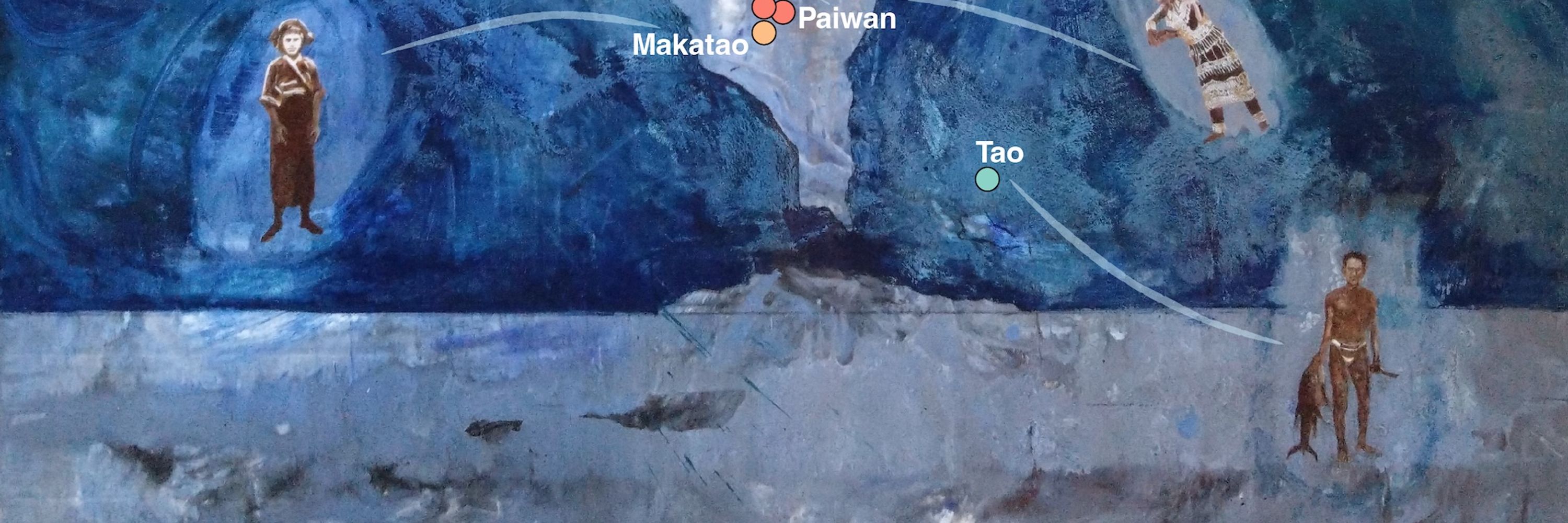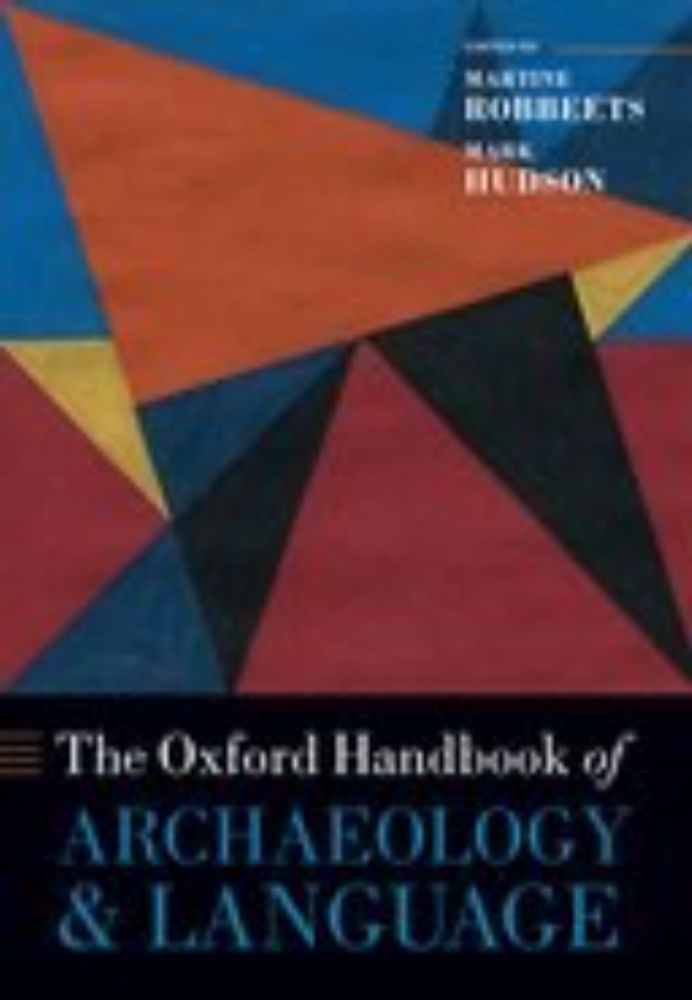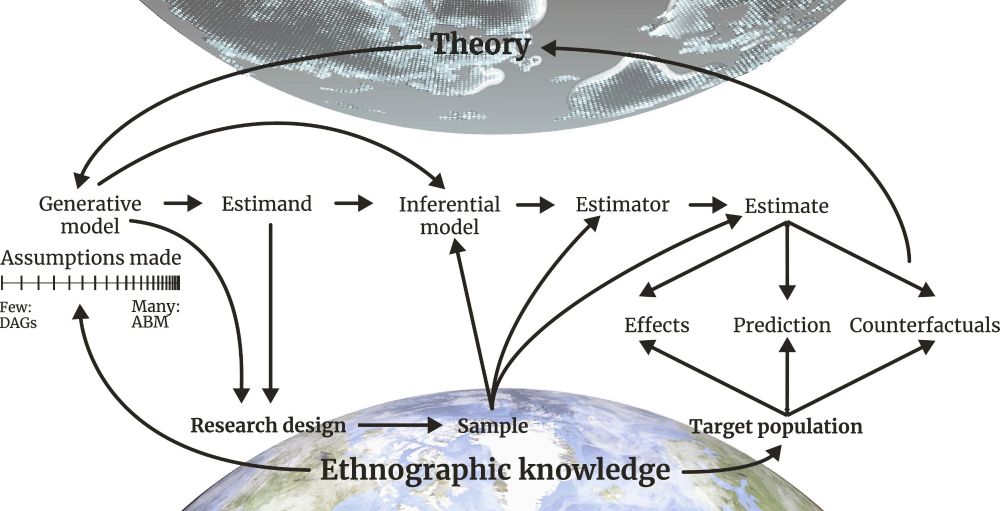
Dang Liu
@dangliu.bsky.social
59 followers
77 following
1 posts
Postdoc @ Universität Zürich | genomics & genetics | human evolutionary & adaptive history | dangliu.github.io
Posts
Media
Videos
Starter Packs
Reposted by Dang Liu
Reposted by Dang Liu
Reposted by Dang Liu
Reposted by Dang Liu
Reposted by Dang Liu
Reposted by Dang Liu
Greger Larson
@gregerlarson.bsky.social
· Sep 26

Ancient Genomics Reveals the Origin, Dispersal, and Human Management of East Asian Domestic Pigs
Abstract. Pigs are the most commercially important modern livestock animal in East Asia. Numerous aspects of their domestication history remain unclear, ho
doi.org
Reposted by Dang Liu
Reposted by Dang Liu
Reposted by Dang Liu
Reposted by Dang Liu
Reposted by Dang Liu
Shai Carmi
@shaicarmi.bsky.social
· Sep 11

Direct effect of genetic ancestry on complex traits in a Mexican population
Human populations differ in disease prevalences and in average values of phenotypes, but the extent to which differences are caused by genetic or environmental factors is unknown for most complex trai...
www.medrxiv.org
Reposted by Dang Liu
Yun S. Song
@yun-s-song.bsky.social
· Sep 11

Robust and accurate Bayesian inference of genome-wide genealogies for hundreds of genomes - Nature Genetics
SINGER is a method for creating ancestral recombination graphs to understand the genealogical history of genomes. The method has increased speed, and thus scalability, without sacrificing accuracy.
doi.org
Reposted by Dang Liu
Reposted by Dang Liu
James Kitchens
@kitchensjn.bsky.social
· Aug 19

tskit_arg_visualizer: interactive plotting of ancestral recombination graphs
Summary: Ancestral recombination graphs (ARGs) are a complete representation of the genetic relationships between recombining lineages and are of central importance in population genetics. Recent brea...
arxiv.org
Reposted by Dang Liu
Reposted by Dang Liu
Reposted by Dang Liu


















